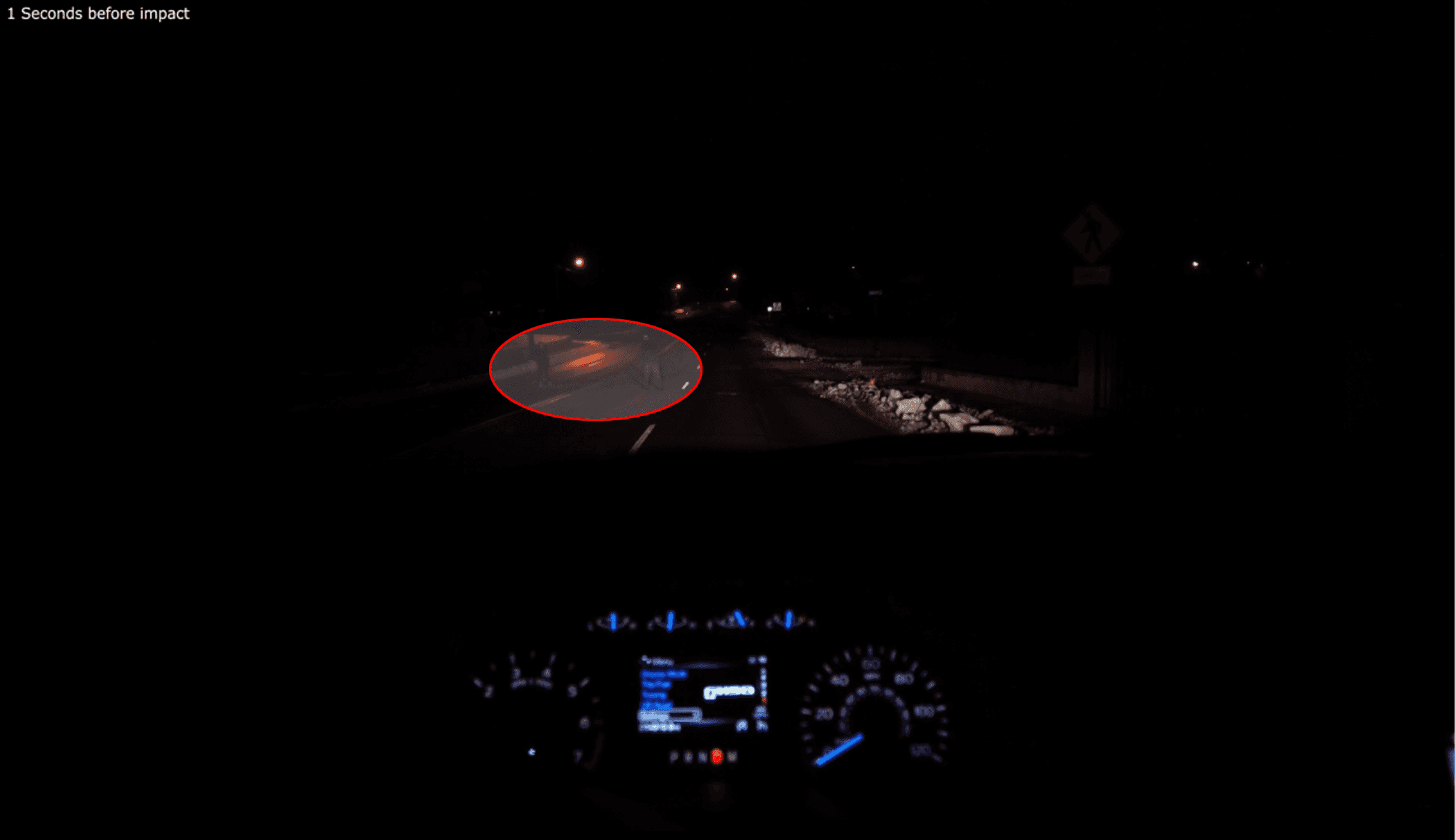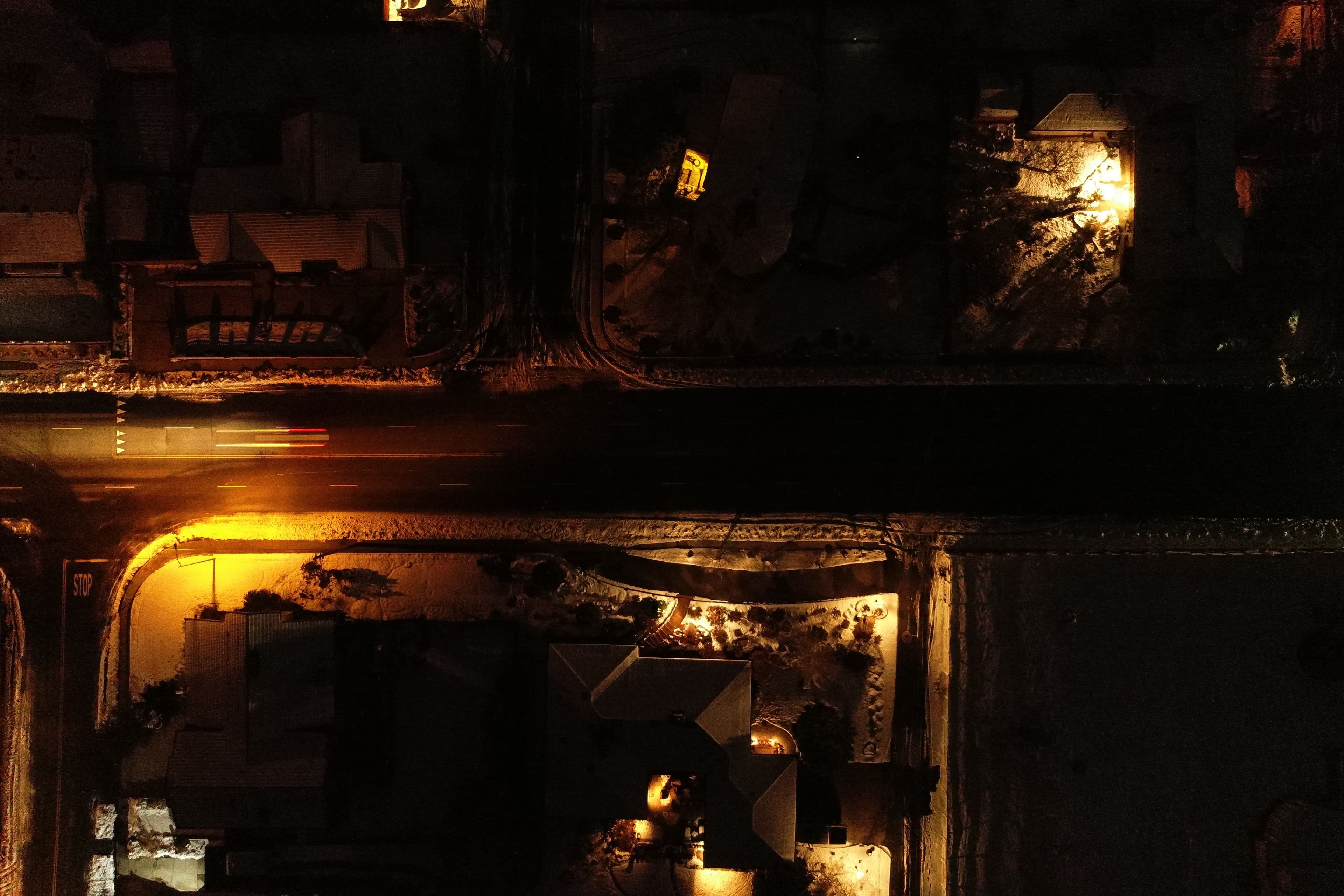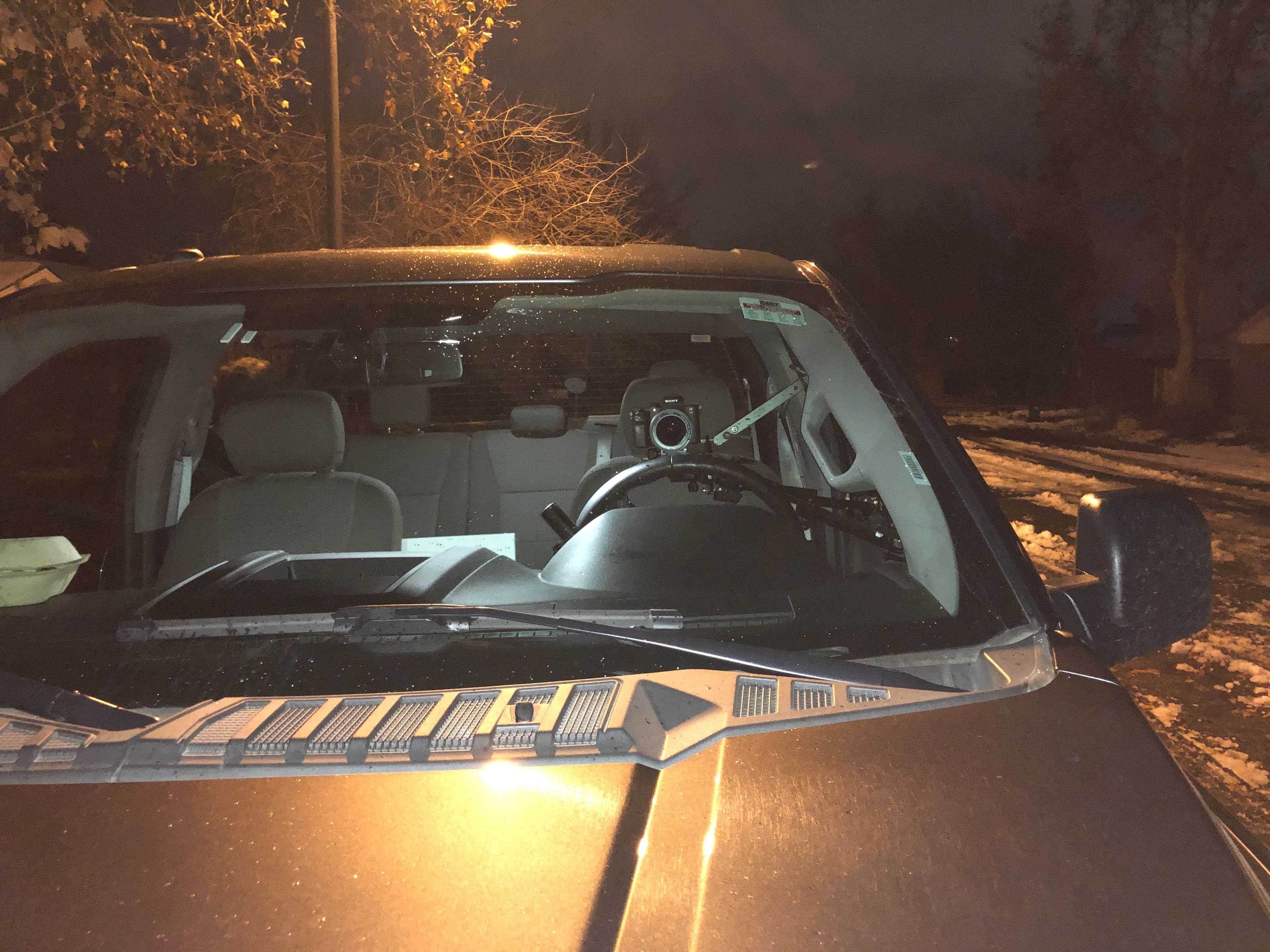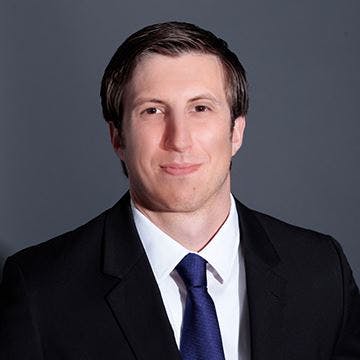
Seek and Illustrate the Truth -
Call Now 1-415-754-7772

Nighttime Reconstruction of Pedestrian Fatality
One night, Trevor, an 18-year-old high school senior, was driving down a dimly lit road in Tacoma. After passing the intersection, three young women were crossing the street in the middle of the block. Trevor claimed he did not see them and struck one of the women, killing her at the scene. When officers arrived, they questioned Trevor, and he admitted to smoking marijuana ten hours earlier. That admission motivated the district attorney’s office to file reckless driving charges against Trevor.
His attorney felt strongly that his marijuana used was not the cause of this accident, but he needed more than intuition; he needed forensic proof. He called 3D Forensic to analyze this case.
After reviewing the case, we realized we would need to reconstruct the accident at the scene and analyze the driver’s perspective. Moments before we started our analysis, the district attorney’s office submitted a nighttime visibility study performed by local law enforcement claiming that Trevor should have seen the pedestrians and avoided the accident.
Challenge:
- Demonstrate Trevor’s true perspective driving towards the accident location
- Review opposing counsel’s visibility study
Solutions:
- Recreate the conditions of the incident event
- Calibrate a specially designed camera to captured true human vision
- Set up an accident reconstruction safely to record Trevor’s perspective and show the jury what truly could and could not be seen from his perspective
The team worked with an accident reconstructionist to map out the timing and positions of Trevor’s truck as well as the three pedestrians. This gave us the blueprint of how to recreate the accident accurately.
Photographs from the police report gave us the information needed to dress our exemplar pedestrian correctly and the exact year, make, and model of the exemplar vehicle to use during the reconstruction.

__
Calibrating the Camera
The human eye is incredibly unique, and not designed in the same manner as a video camera. These differences can create serious hurdles when trying to capture what the human eye can see.
While the human eye has an amazing ability to view high-dynamic range (ability to see objects in the very dark and in extreme light at the same time) better than the most advanced cameras, cameras can be manipulated to make dark objects look lighter than they appear, or light objects seem darker than they appear. The camera’s ability to “cheat” means precise calibration and measurements are required to compensate for this tendency.
One way to ensure footage is kept similar to human vision is to calibrate the camera with a universal light source. This standardizes the camera’s recording and allows experts to prove that a camera is set correctly to capture human vision.

__
Once our camera was calibrated, we went to the accident site and waited until the full darkness of night took over (the accident happened at 9:37pm in December). The camera was set up in the driver’s eye position while the driver kept their head to the side. When the driver went down the street as Trevor did, the camera captured the same driver’s eye perspective as Trevor. The pedestrians practiced hitting their timing marks and stopped before entering the truck’s lane to stay safe. Workers then got into position to stop all unrelated traffic while filming to keep the environment safe.
While the truck was being set up, the team also prepared an image photometer at the accident site to quantify the exact lighting conditions of the scene. This device takes over ten million light measurement readings per second and becomes the foundation of exactly how the video should look when shown to the jury.
The last step is to make sure the monitor used to show the reconstruction is calibrated for the courtroom. Not all courtrooms have the same lighting conditions, so calibrating specs to match the courtroom is important to get an accurate result.
Results:
After analyzing the video created by the District Attorney’s office, it was clear that their video did not meet any of the basic standards for a nighttime visibility study. They used a Go Pro camera, which cannot be visually calibrated, and automatically goes into nighttime mode when shooting in darkness.
They also placed the exemplar pedestrians in reflective safety vests as they walked across the street, and not darker clothing similar to what was worn the night of the accident. When asked why they did not place them in the dark clothes, they replied, “it’s very dark out there and we wanted to make sure they could be seen for safety concerns.”
After testifying at the 402 hearing, the judge agreed that their videos were not valid and prevented the jury from seeing them.
Throughout the trial, the jury viewed our nighttime reconstruction and then listened to the rest of the trial’s testimonies. They carefully reviewed each piece of evidence, and finally delivered their verdict; “not guilty on all charges.”
Criminal Case Results: "Not Guilty" Jury Verdict for Charge of Reckless Driving Causing Death
Link: Reno Gazette Journal on Trial
**NOTE: Each case is affected by unique factors and requires an independent forensic approach. These case studies serve as general applications and are not universally applicable.
Talk to Our Forensic Team
Let Us Help You Seek & Illustrate The Truth
By submitting this form, I confirm that I have read and understood the 3D Forensic Privacy Statement.
"We have used Jason Fries and his team twice to create medical videos depicting complex surgeries. The videos impressed both the jury and the defense attorneys. Perhaps most helpful, Jason will work on short notice and provide a persuasive product."

Robert Igleheart
Rouda, Feder, Tietjen & McGuinn
